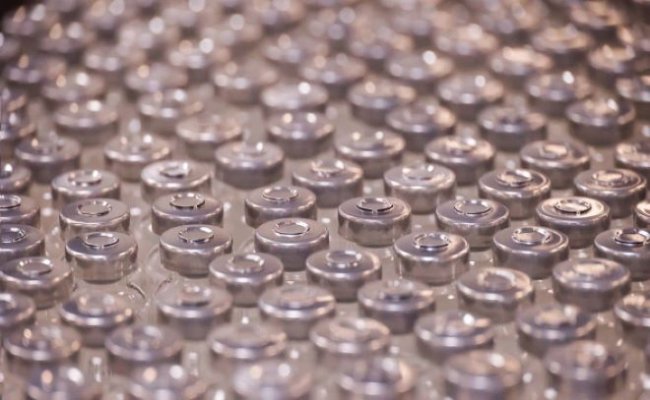Varieties and scopes of optical polarizers

Polarizers are the special devices that can convert a beam of non-directional light into a polarized one. This effect is necessary for different types of physical measurements, creating optical instruments or photographic filters (such as UV polarizers, for example). The most advanced polarizers can transform not only light, but also magnetic and X-rays.
Varieties of polarizers
The most common type of such optics is linear. Linear polarizers are divided into two types.
- Absorbing. This category includes UV filters (for example, for cameras). Such polarizers absorb the unnecessary type of light radiation.
- Splitting. Polarizers divide the light beam into two parts with opposite polarization indices.
Modern absorbing polarizers for sunglasses and photographic equipment are made using the smallest particles of silver deposited on glass. Splitting models are used for laser flatness measurement and other laboratory instruments.
The use of linear laser polarizers in photography
Before the advent of reflective optics, linear polarizers were the most commonly used by photographers. With their help, it was possible to cope with several tasks at once:
- increasing of contrast;
- light transmission correction;
- sharpness adjusting.
Modern SLR cameras are already equipped with linear polarizing lenses. Therefore, using an optional polarizer with the same function may result in settings failure. So, most experts suggest installing circular, but not linear polarizers on SLR cameras.
Nevertheless, many amateur photographers continue to use linear polarizers in the process of photography. They do it, because the attachment of polarizes to the lens allows to correct the exposure (which is especially important for taking a landscape photography).
Also, the photographers use custom laser optics, which allows to get better quality images. This proves that not all photographic flaws can be corrected with Photoshop and the same PC programs. The use of specialized optics can give no less (and sometimes more) effective results.

















